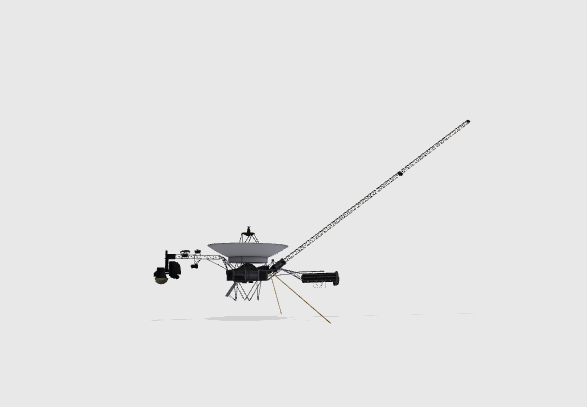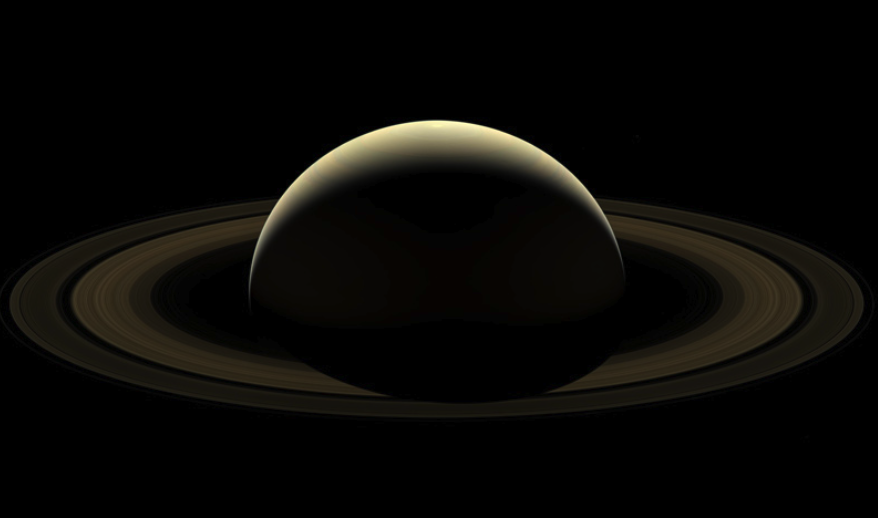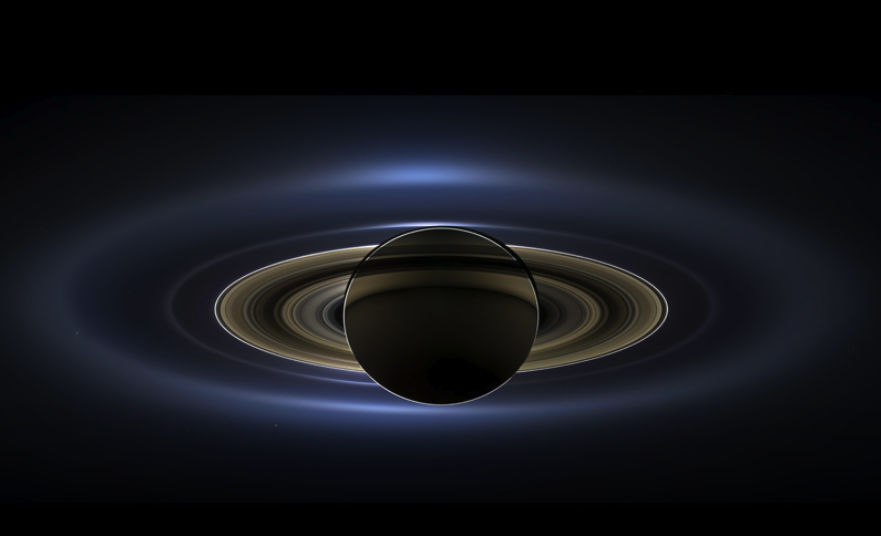The 2 Unbelievable Voyager Explorations
The Voyager spacecraft were launched in 1977. Today, 46 years later, both spacecraft continue to transmit data back to Earth. NASA hoped the spacecraft would remain functional for five years!
The primary mission of the spacecraft was the exploration of Jupiter, Saturn, their rings, and their moons. Once the primary missions were complete, Voyager 2’s trajectory was modified to send it past Uranus and Neptune.
To date, Voyager 2 is the only exploration to have collected data from the ice-giants Neptune and Uranus. Today both Voyagers are traveling toward far-flung constellations.

Mission Milestones
Two Voyager spacecraft were launched in 1977. The first spacecraft launched was named Voyager 2. The second spacecraft launched was Voyager 1. Voyager 1 was given the “1” after its name because it would reach Jupiter and Saturn before Voyager 2.
| Event | Voyager 1 | Voyager 2 |
| Spacecraft Launch | Sept. 5, 1977 | Aug. 20, 1977 |
| Jupiter flyby | Mar. 5, 1979 | Jul. 9, 1979 |
| Saturn flyby | Nov. 12, 1980 | August 26, 1981 |
| Uranus flyby | Jan. 24, 1986 | |
| Neptune flyby | Aug. 25, 1989 | |
| Interstellar Space Entered | Aug. 1, 2012 | Dec. 10, 2018 |
| Fired trajectory correction thrusters | July 8, 2019 |
Where are they today?
Today both Voyagers are a long, long distance away from Earth. Even though Voyager 2 launched before Voyager 1, Voyager 1 is traveling faster.
| Voyager 1 | Voyager 2 | |
| Approximate distance from Earth (Miles) | 14.8 billion | 12.2 billion |
| Speed (mph) | 38,026 | 34,390 |
| Communication Lag (hh:mm:ss) | 22:05:28 | 18:25:45 |
Fun fact: Each year, between late February and early June the Earth is moving towards the Voyagers faster than the Voyagers are traveling away from Earth. The distance from Earth to the Voyagers decreases! As the Earth travels (in orbit around the Sun) further away from the Voyagers, the distance increases. When space agencies discussion planetary exploration “launch windows”, this is what they’re discussing.
Why is Voyager 1 further away from Earth than Voyager 2?
The speed of Voyager 2 decreased after its flyby with Nepture and its moon Triton.
- The optimal trajectory would maximize the effect of a planetary slingshot and increase the spacecraft’s speed.
- A second trajectory was utilized to maximize Voyager 2’s ability to collect data from a closer flyby of Triton. (Does it matter if Voyager 2 reaches a “destination” in 42,000 years versus 40,000 years?)

Where are they going?
Now that they’ve completed their missions within our solar system, where are the Voyagers going?
Voyager 1
Headed toward the constellation Ophiuchus. The estimated arrival date is the year 38,249 AD. Voyager 1 will pass 1.7 light years from Gliese 445. NASA didn’t have a specific plan on where to send Voyager 1 after it completed its Saturn and Titan flybys. Gliese 445 was more or less straight ahead, so that’s the direction Voyager 1 is heading.
Voyager 2
Headed toward the constellations of Pavo and Sagitarrius. The estimated arrival date is in the year 42,023 AD. Voyager will pass roughly 1.7 light years away from Ross 248.
Voyager discoveries
- Jupiter
- Interacting hurricane-like storms
- Erupting volcanos on Lo
- Hints of an ocean beneath Europa
- One new moon
- Saturn
- Small moons in the F-Ring
- Titan has a dense nitrogen atmosphere
- Methane clouds and rain
- Uranus
- Ten new moons
- Five new rings
- Two new rings
- An ocean of boiling water roughly 500 miles below the cloud tops
- Neptune
- Five new moons
- Four new rings
- Great dark spot
- 1,000 Mile Per Hour winds
- Trition has erupting geysers
- Interstellar
- The heliosphere, the location where interstellar space starts and the suns solar winds stop, isn’t the shape that astronomers expected to be.
- Cosmic rays are 3X stronger outside the heliosphere than inside it
- Small amounts of gas detected in interstellar space.

Wrap up
The Voyagers will soon fall silent and cease broadcasting data as their power supplies are expended. Yet, Voyager’s mission to address the fundamental questions of science remains unanswered. What is the universe made of? Where did life begin? Are we alone in the universe?
Perhaps 40,000 years from now, one of the Voyager spacecraft will invoke questions about Earth from a civilization far away from Earth’s shores.
